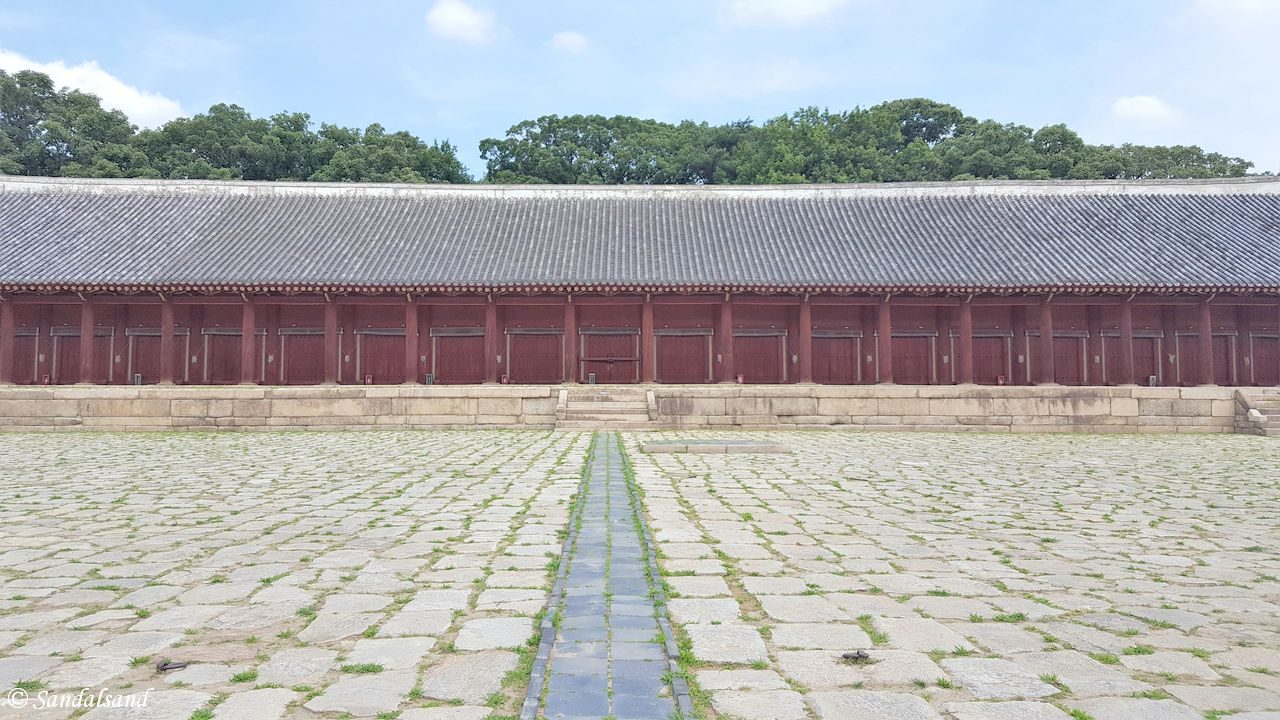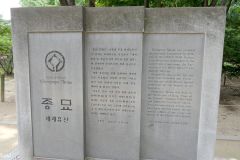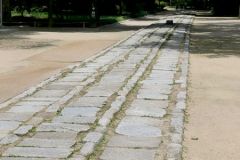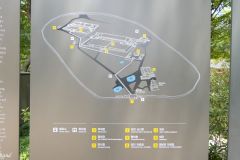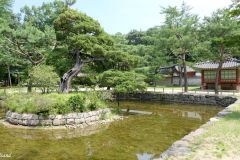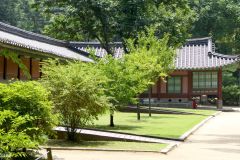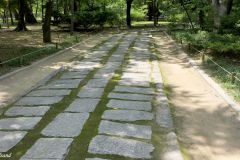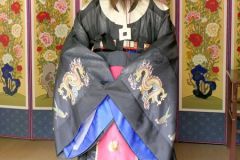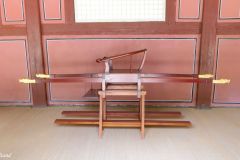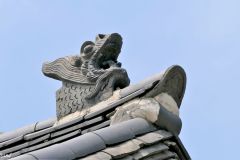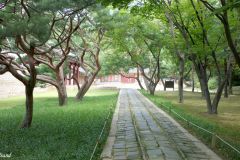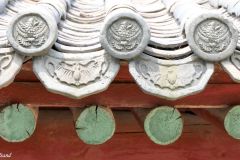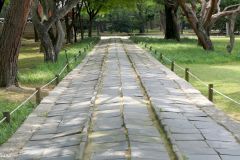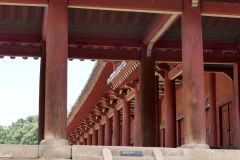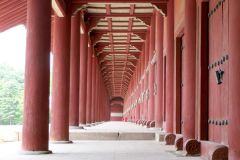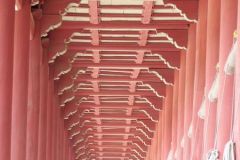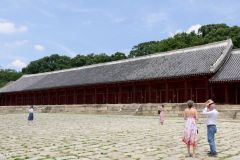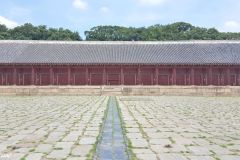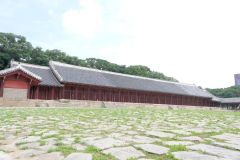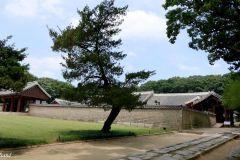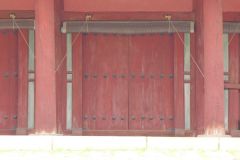There is an atmosphere of calmness and eternity spreading out beneath the tall trees in the large Jongmyo Shrine complex in central Seoul.
The UNESCO World Heritage List includes more than a thousand properties with outstanding universal value. They are all part of the world’s cultural and natural heritage.
Official facts
- Country: South Korea (Republic of Korea)
- Date of Inscription: 1995
- Category: Cultural
UNESCO’s World Heritage Centre’s (short) description of site no. 738:
Jongmyo is the oldest and most authentic of the Confucian royal shrines to have been preserved. Dedicated to the forefathers of the Joseon dynasty (1392–1910), the shrine has existed in its present form since the 16th century and houses tablets bearing the teachings of members of the former royal family. Ritual ceremonies linking music, song and dance still take place there, perpetuating a tradition that goes back to the 14th century.
My visit
The Jongmyo shrine complex houses the spirit tablets of the former kings and queens of the Joseon Dynasty. This is also a symbolic structure which conveys the legitimacy of the royal family. The king would regularly visit the shrine to participate in ancestral rites to wish for the safety and security of the people and state. Its original construction was in the late 14th century. Japanese invaders destroyed the shrine in the 16th century. However, the Koreans rebuilt it in the early 17th century. There have been few changes after this.
The tablets are behind doors in two wide and low buildings, each with a large square in front. The largest building (Jeongjeon) is 101 metres wide, with 19 spirit chambers. The smaller auxiliary shrine (The Hall of Eternal Peace or Yeongnyeongjeon in Korean) is 50 metres in length and holds 16 spirit chambers. (Read more.)
Visitors are allowed to enter the heritage area on guided tours only. Access to the interior of the buildings is on the other hand prohibited, which is quite understandable. I arrived here in 2019, bought my ticket and waited for my tour with an English speaking guide. It was a splendid experience.
